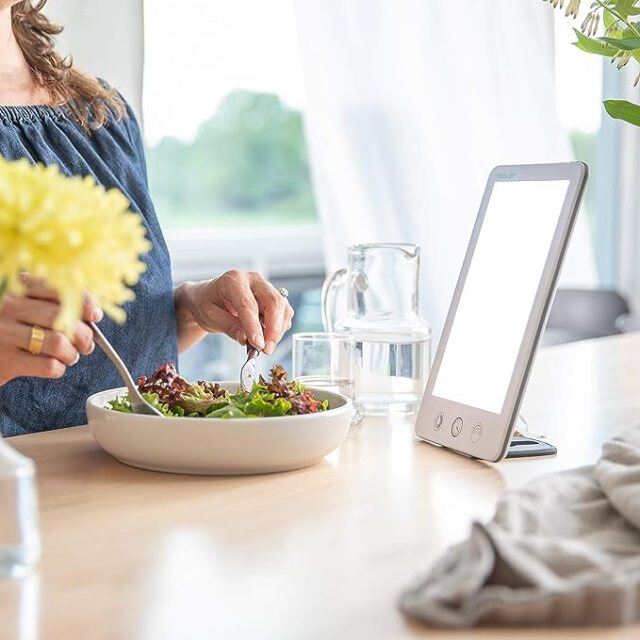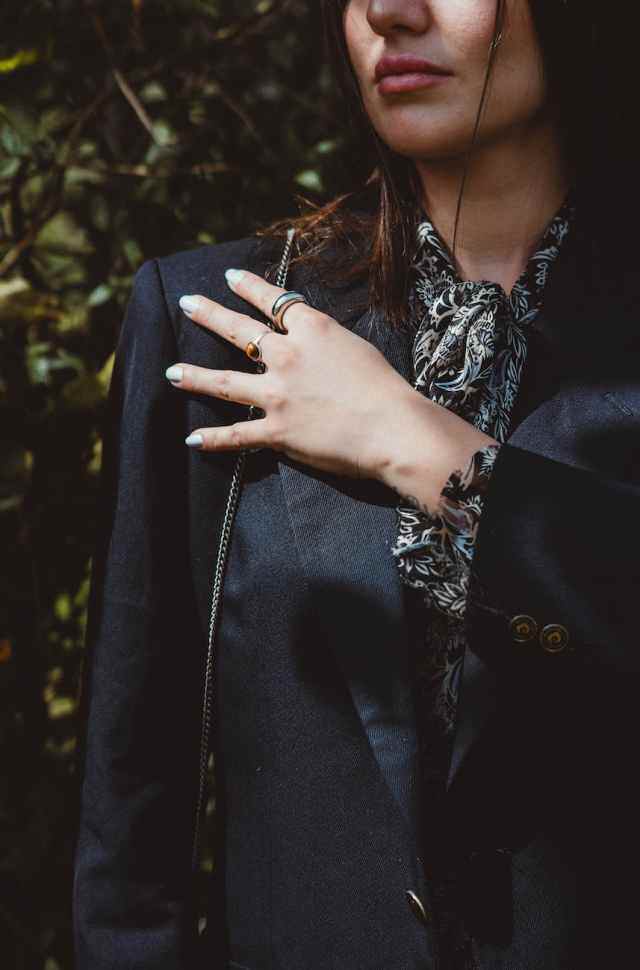The Happy Light – Illuminating Your Path to Mental Wellness – Coping Better, Together.

Share this post
In the journey towards mental wellness, we often seek sources of light that can brighten our mood and uplift our spirits. One such beacon of positivity gaining attention is the “Happy Light.” This innovative device is more than just a gadget; it’s a potential game-changer in the realm of mental health. In this article, we will delve into what a Happy Light is, how to use it effectively, and the science behind its ability to positively impact our mental well-being.
What is a Happy Light? A Happy Light, also known as a light therapy lamp or light box, is a compact, portable device designed to replicate the natural light spectrum. It emits a bright light that simulates sunlight, particularly during the darker months when reduced exposure to natural light can lead to feelings of sluggishness and low energy. This concept of using light as therapy, known as light therapy or phototherapy, has gained momentum as a potential tool for improving mental health.
How to Use a Happy Light: Using a Happy Light is simple and can be seamlessly integrated into your daily routine:
- Choose the Right Time: Experts recommend using the Happy Light in the morning, within an hour of waking up. This mimics the natural sunrise and can help regulate your body’s internal clock.
- Set Up Properly: Place the Happy Light at a comfortable distance, usually around 16 to 24 inches from your face. The light should be angled towards your eyes without directly staring into it.
- Be Consistent: Aim for about 20 to 30 minutes of exposure each day. You can read, work, or engage in other activities while the light is on.
- Avoid Before Bed: Using the Happy Light too close to bedtime can disrupt your sleep-wake cycle, so it’s best to stick to morning or early afternoon sessions.
Happy Light as a Mental Health Resource: The concept behind the Happy Light is rooted in its potential to combat Seasonal Affective Disorder (SAD), a form of depression that typically occurs during the fall and winter months when daylight hours are shorter. Research suggests that exposure to the bright light emitted by the Happy Light can have several positive effects on mental health:
- Boosting Mood: Sunlight triggers the release of serotonin, often referred to as the “happy hormone.” Increased serotonin levels are linked to improved mood and overall well-being.
- Regulating Circadian Rhythms: The Happy Light helps regulate your body’s internal clock, promoting healthier sleep patterns and increased energy levels.
- Enhancing Focus: Bright light exposure can improve alertness and focus, making it a valuable tool for those dealing with low energy and concentration issues.
Science Behind the Happy Light: The science supporting the Happy Light lies in its ability to affect the brain’s neurotransmitters and hormonal balance. Exposure to bright light, particularly in the morning, suppresses the production of melatonin, a hormone that regulates sleep, and encourages the release of serotonin. Additionally, light therapy influences the body’s suprachiasmatic nucleus, a part of the brain that helps regulate the sleep-wake cycle and other circadian rhythms.
The Happy Light is not just another gadget; it’s a beacon of hope for those seeking effective ways to enhance their mental well-being. By simulating natural sunlight and triggering the release of mood-boosting neurotransmitters, this compact device offers a simple yet impactful approach to combatting low energy, mood swings, and seasonal mood changes. Incorporating the Happy Light into your daily routine might just be the bright idea you need to illuminate your path to better mental health.
I really like this one from amazon, it is reliable and easy to take with me when I am out of town you can check it out here
Affiliate links are present in this blog posts; these are just suggestions for purchase there is no pressure to purchase anything through these links or otherwise. If you do purchase through an affiliate link we do receive compensation.


